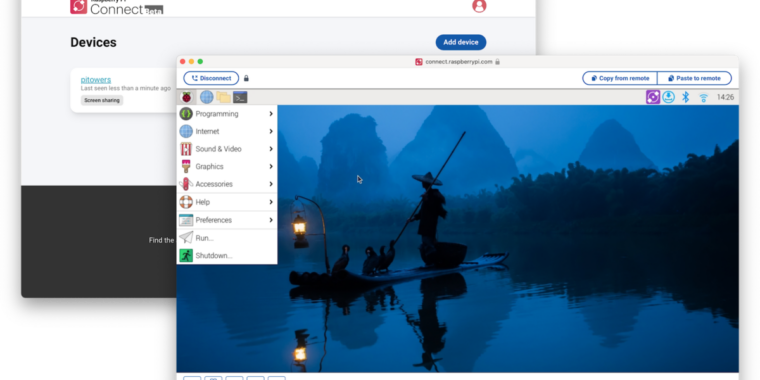The Evolution of Raspberry Pi Connectivity
In the realm of single-board computers, the Raspberry Pi has become a staple for enthusiasts and professionals alike. With the increasing popularity of Raspberry Pi boards, the need for seamless connectivity solutions has become more evident. Managing multiple Raspberry Pi devices alongside traditional computers can be a daunting task, especially for newcomers to the world of single-board computing. However, a new feature called Raspberry Pi Connect aims to simplify this process and provide users with a convenient way to access their Raspberry Pi devices remotely.
Introducing Raspberry Pi Connect
Raspberry Pi Connect offers a streamlined method of accessing a Raspberry Pi from virtually any location with internet access. Whether you need to control your device or provide remote assistance, Raspberry Pi Connect leverages the power of the web browser to facilitate this process. By installing Pi Connect on a Raspberry Pi 4, 5, or Pi 400 kit and following a simple setup procedure, users can establish a secure connection to their device using a Raspberry Pi ID. Additionally, enabling two-factor authentication adds an extra layer of security to the remote access process.
Upon installation, users can visit the connect.raspberrypi.com website to establish an encrypted connection to their Raspberry Pi desktop. This connection is established directly whenever possible, utilizing relay servers in London with Datagram Transport Layer Security (DTLS) encryption for added security. Users are notified on their Raspberry Pi device when a connection is established, and they can manage screen sharing settings from the device’s system tray.
Technical Considerations and Compatibility
Raspberry Pi Connect is designed to work exclusively on 64-bit systems running the Bookworm version of Pi OS that utilize a Wayland window server. This development is aligned with Raspberry Pi’s transition from X to Wayland, which necessitated the creation of a new remote desktop solution. The underlying technology of Raspberry Pi Connect relies on a peer-to-peer WebRTC connection, a protocol commonly used by video-conferencing platforms like Zoom, Slack, and Teams. While the service is currently in beta, Raspberry Pi is actively monitoring server traffic to optimize performance and reliability.
Overall, Raspberry Pi Connect represents a significant step forward in enhancing the accessibility and usability of Raspberry Pi devices. By providing a user-friendly interface for remote access and management, this feature opens up new possibilities for integrating Raspberry Pi boards into various projects and workflows. As the service continues to evolve and expand, users can look forward to a seamless and secure remote connectivity experience with their Raspberry Pi devices.
Image/Photo credit: source url





